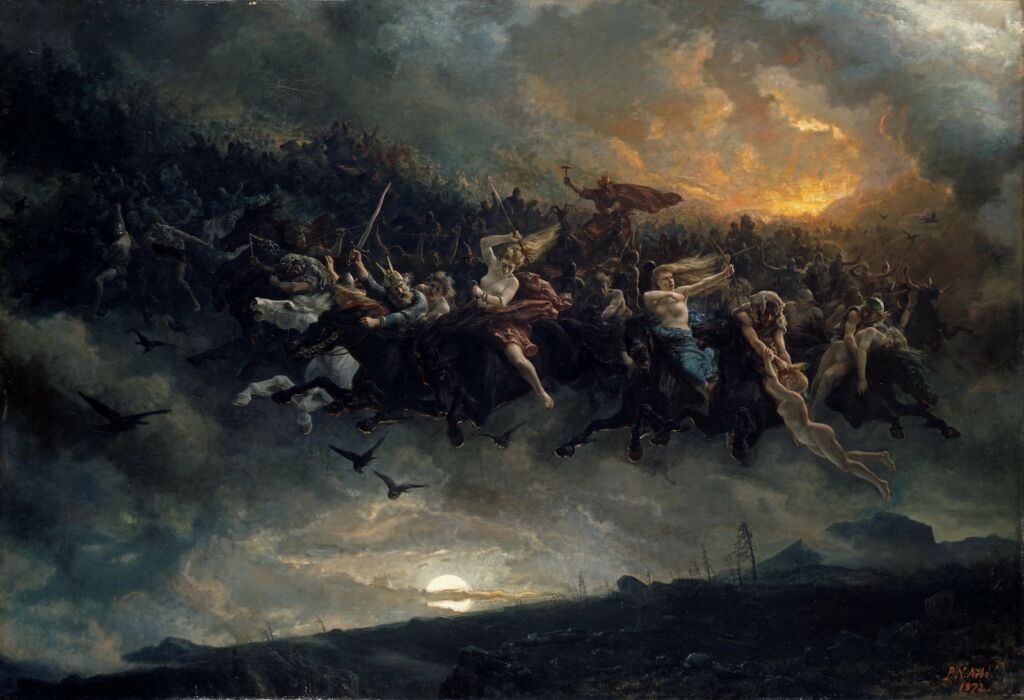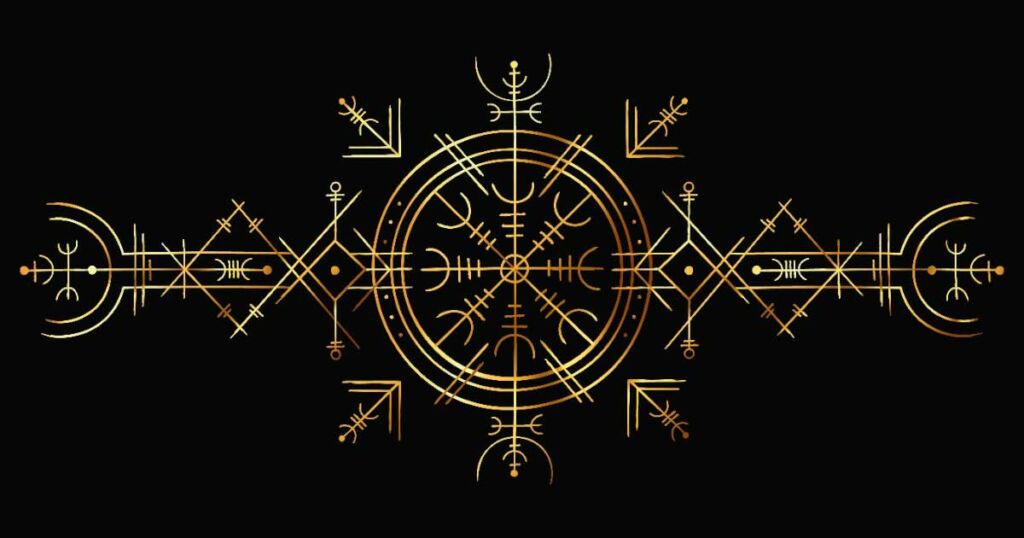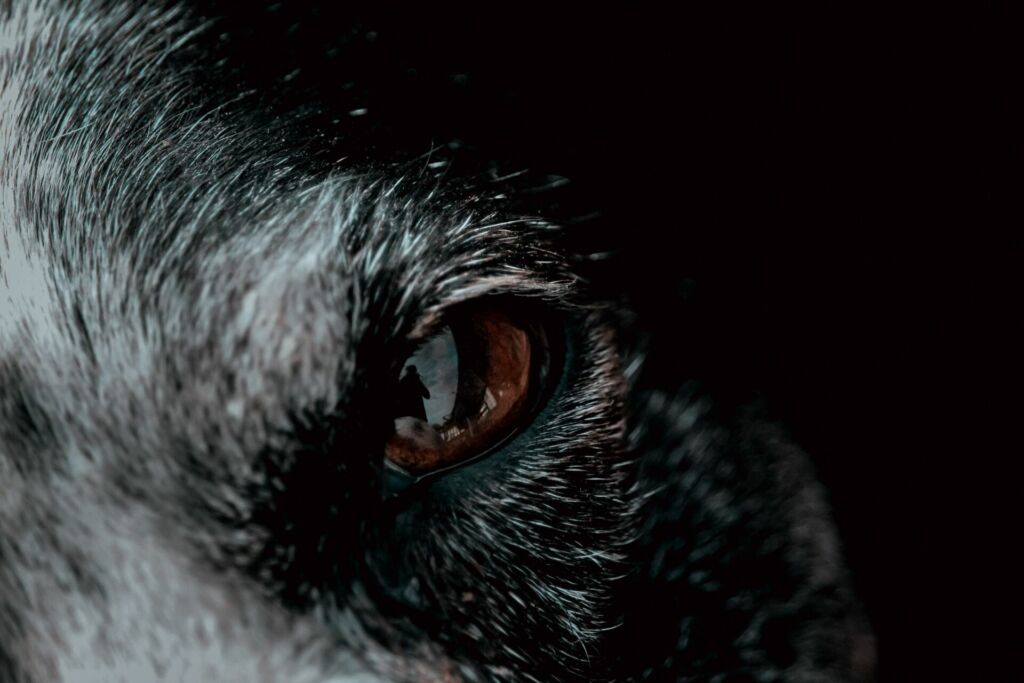The Odin’s Goat, also known as the He-Goat or the God’s Goat, is a powerful symbol in Norse mythology. This majestic creature represents strength, fertility, and wisdom, and is closely associated with the god Odin, who is often depicted riding on the back of the goat.
In this article, we will delve deeper into the mythology surrounding Odin’s Goat and explore its significance in Norse culture. We will also take a look at the various depictions of the goat in art and literature, and examine its role in modern pagan and heathen practices.
The Mythology of Odin’s Goat
According to Norse mythology, the Odin’s Goat is a powerful creature that is closely associated with the god Odin. The goat is said to have the ability to renew itself, and is often used as a symbol of regeneration and rebirth.
In the Norse creation story, the god Odin is said to have created the world from the body of the giant Ymir. According to the legend, Odin and his brothers Vili and Vé created the world from Ymir’s body, using his blood to form the oceans, his bones to create the mountains, and his hair to make the trees.
The Odin’s Goat is said to have played a crucial role in this creation story, as it was the creature that pulled the giant Ymir’s body out of the void and placed it on the earth. This act of creation is often depicted in Norse art, with Odin riding on the back of the goat as it pulls the body of Ymir out of the void.
In Norse mythology, the Odin’s Goat is also closely associated with the god Thor. Thor is the god of thunder and is often depicted wielding his powerful hammer, Mjolnir. According to legend, the god Thor would ride on the back of the Odin’s Goat when he needed to travel long distances quickly.
The Significance of the Goat in Norse Culture
The Odin’s Goat holds a special place in Norse culture, as it is a symbol of strength, fertility, and wisdom. In Norse society, the goat was considered a sacred animal, and was often used in rituals and ceremonies.
The goat was also seen as a symbol of fertility, and was often associated with the goddess Freyja. Freyja is the goddess of love, beauty, and fertility, and is often depicted with a goat by her side.
In addition to its association with fertility, the goat was also seen as a symbol of wisdom and intelligence. The god Odin is often depicted with the Odin’s Goat, and is said to have gained wisdom and knowledge from the creature.
Depictions of the Goat in Art and Literature
The Odin’s Goat is a popular subject in Norse art and literature. In many Norse artifacts, the goat is depicted as a powerful and majestic creature, often with a long beard and horns.
One of the most famous depictions of the Odin’s Goat is the image of Odin riding on the back of the goat, which is often found on Norse artifacts such as rings and pendants. This image is said to symbolize the god Odin’s wisdom and power, as well as his association with the goat.
The Odin’s Goat is also a popular subject in Norse literature. In the Norse sagas, the goat is often used as a symbol of strength and power, and is often depicted in battles and battles with giants and monsters.
n addition to Norse art and literature, the Odin’s Goat can also be found in modern pagan and heathen practices. Many modern pagans and heathens see the goat as a symbol of strength and fertility, and often use the symbol in rituals and ceremonies.
The Odin’s Goat is also often used as a symbol of rebirth and regeneration. Many modern pagans and heathens see the goat as a symbol of the cycle of life and death, and use the symbol in rituals related to the changing of the seasons.
The Modern Use of the Goat Symbol
The Odin’s Goat continues to be a popular symbol in modern pagan and heathen practices. Many modern pagans and heathens see the goat as a symbol of strength, fertility, and wisdom, and often use the symbol in rituals and ceremonies.
The goat is also seen as a symbol of rebirth and regeneration, and is often used in rituals related to the changing of the seasons. Many modern pagans and heathens use the symbol of the Odin’s Goat to represent the cycle of life and death, and to honor the god Odin and the goddess Freyja.
Conclusion
In conclusion, the Odin’s Goat is a powerful symbol in Norse mythology that represents strength, fertility, and wisdom. The goat played a crucial role in the Norse creation story and is closely associated with the god Odin and the goddess Freyja. The Odin’s Goat is also a popular subject in Norse art and literature, and continues to be a powerful symbol in modern pagan and heathen practices. Its symbolism is still in use and is a reminder of the ancient beliefs and practices that have been passed down through generations.



